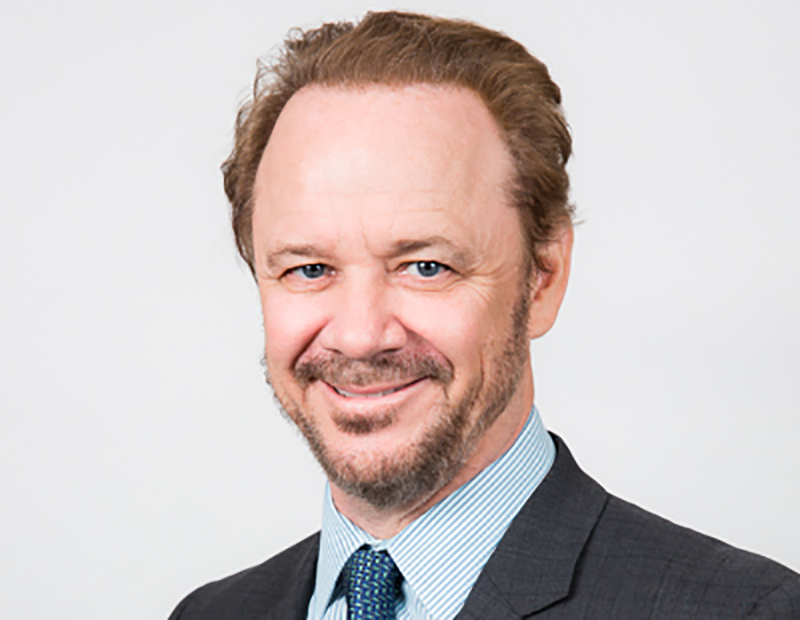Net Lease Cap Rates Hold Steady
Set against the backdrop of a fundamentally strong CRE industry, the overall outlook for the net lease business leans to the positive, according to Jonathan Hipp of Avison Young.

Jonathan Hipp Photo courtesy of Avison Young
Despite the numerous warning bells that were sounding last year, the economy and the real estate industry still seem to be on solid footing.
There’s an old saw in accounting: You predict a direction for the overall economy or you provide a timeframe, but you never give both. We’re not into deep prognostications and, frankly, who knows what the outside forces beyond our industry will do to the commercial real estate market in general and to net lease activity particularly?
What we do know is current performance, and the net lease sector, set against the backdrop of a fundamentally strong CRE industry, is doing just fine, thank you. We state as much in our newly minted Q4 2019 Cap Rate Report. Are there ripples in the water? Certainly. No market is ever completely strong or completely flat. But the overall outlook leans to the positive. Here are just some highlights.
Our research reveals that, keeping with the trend we tracked through earlier quarters of last year, the average cap rate was virtually unchanged in the final three months of 2019, rising ever so slightly to 6.58 percent over Q3’s 6.57 percent. Ditto for the average years remaining on lease terms, which witnessed a slight uptick from 10.5 to 11.2 years.
Of course, a deeper dive into specific sectors reveals a much more textured picture, specifically in this past quarter, the Bank, Big-Box, Medical and Quick-Service Restaurant verticals. The average lease term remaining in the Bank sector took a significant jump from quarter to quarter, from 5.7 to 7.9 years. This had the expected result of lowering cap rates, which dropped from 6.43 to 6.07 percent.
Sector-by-Sector Snapshots
Turning to Big Box, lease terms remaining took a sizable jump here as well, rising from 8.7 to 13.8 years. Naturally, the result was the same downward pressure on cap rates, which slipped from 7.23 to 6.91 percent.
Looking in the other direction, the Medical sector saw the biggest cap rate jump in the quarter just ended. The sector experienced a 67.1-bp cap-rate boost, to 7.17 percent. And stay tuned. There’s more of that ahead since we expect fewer desirable properties to go to market in future weeks.
Undoubtedly, QSR scored the most transactions in the fourth quarter, logging in no fewer than 163 fourth-quarter transactions, up from 150 in the prior quarter. (In all, over all the sectors we track, there were 40 more transactions closed in the fourth quarter than in the previous three months.) The average remaining lease term for the QSR sector shortened a bit, by six months, exerting the expected upward pressure on cap rates, which rose 18.3 bps to 5.75 percent. It will be interesting to see who in the investment pool bites in the coming weeks, given that solid leasing translates into sound investment opportunities.
These are the major points of diversification from an otherwise near-to-still cap rate picture for the fourth quarter of 2019, a market set against the backdrop of a record-breaking economy that has been characterized by slow growth. In addition, the 40-deal hike in transactions overall reflects positively on investor sentiment.
In all, as we concluded in our Q4 Cap Rate Report, barring surprises from the macro forces outside the commercial real estate industry, the outlook for the remainder of Q1 and into Q2 are for a continuation of all that we have already seen, the same steady performance that defined the second half of 2019. How this might change as we get closer to the election, obviously, is a question that remains open, at least for another 10 months.
Jonathan Hipp, a principal at Avison Young, recently joined the firm to lead its U.S. net lease efforts. Hipp was formerly the CEO and founder of Calkain Cos.







You must be logged in to post a comment.